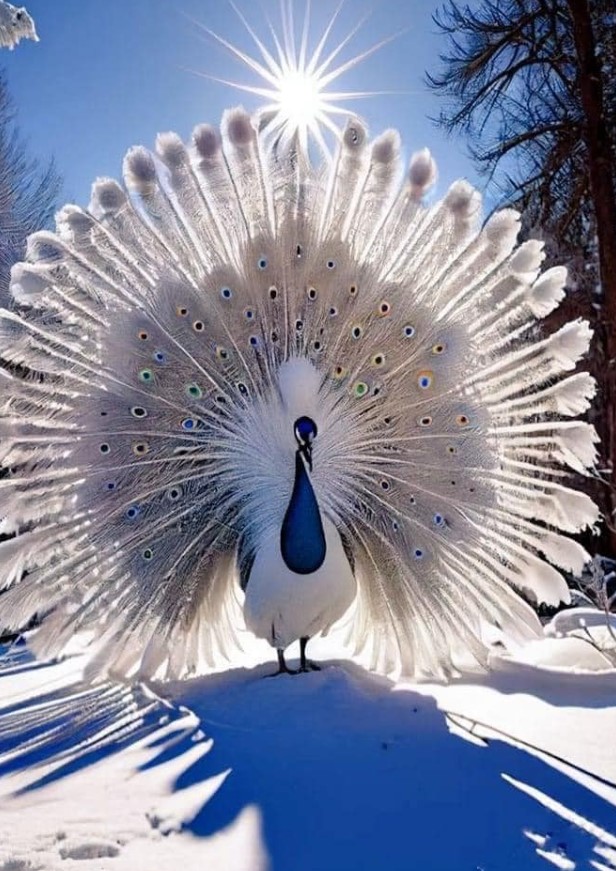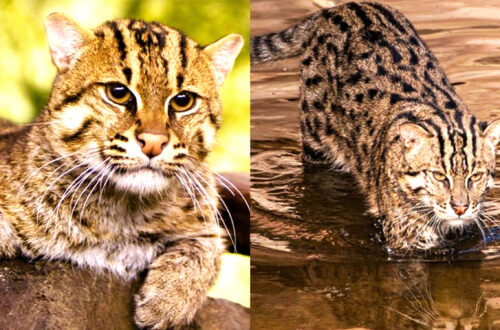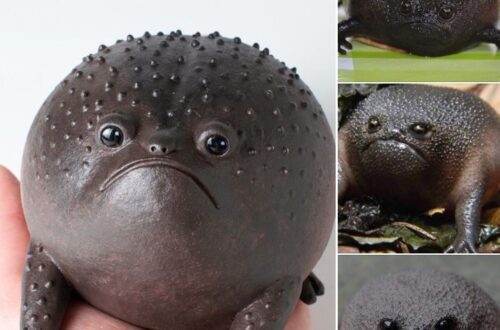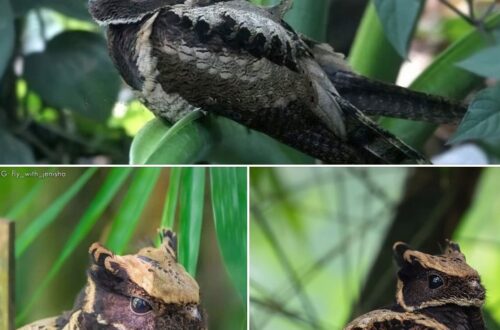Peacocks are known and loved for their brilliant, ornamental plumage, but not all are as colorful. White peafowl display an ethereal bleached version of the classic peacock aesthetic, and it’s arguably just as remarkable. These birds are usually not albino, as they’re sometimes called, but rather leucistic, meaning they’re born with a genetic condition that strips them—or parts of them—of pigment.
Discover more about white peafowl, including how rare they are, why there are so many in captivity, and what they symbolize.
White Peafowl Have a Genetic Mutation
White peafowl are often called albino, but albinism is a specific condition that causes red eyes and extremely pale skin. Albinism in peafowl is incredibly rare and largely unstudied. A 1965 paper on albinism in various birds found that only 99 individuals from eight species of quail, pheasants, and peafowl have ever been recorded.1
Most white peafowl have normal-colored eyes and pigmented skin. Their feathers are white due to a genetic mutation known as leucism, which inhibits melanin from being deposited in their feathers. Leucism also affects buffalo, horses, giraffes, deer, axolotls, and other birds.
It is believed that leucism affects only Indian peafowl because this is the species most commonly kept in captivity, and white peafowl are often specially bred to be so.
They’re Actually Born Yellow
White peafowl are not so white straight out of the womb. They’re actually born yellow and turn white as they mature. Peachicks, as the young ones are called, are born in clutches of three to six. When they’re not leucistic, they have light-brown coloring similar to a game bird’s. A peachick could easily be confused with a young pheasant.
Leucistic peafowl will begin to turn white around the time peacocks would get their colors, after one to three years.
They Can Be Half or Partially White
Peacock with patches of white on fanned feathers
Unlike albino animals, leucistic animals can be white on just portions of their bodies. The abnormal coloration could exhibit on exactly half the bird’s body or on a few feathers. There are different terms for how it manifests:
Pied white peafowl feature a mix of white and usual Indian blue colors.
Black-shoulder pied peafowl feature normal blue and green coloration and white underparts, wings, and a spot under their chins.
Black-shoulder peahens are mostly white with colorful spots.
White Peafowl Are Incredibly Rare
Leucism is a recessive condition, which means it can be carried but hidden beneath the dominant gene that results in pigmentation and patterning. For a white peafowl to occur, it must receive the recessive gene from each parent. If the parents both display traditional coloration, the odds of their offspring being leucistic are one in four. If both display leucistic coloration, it’s certain that the condition would be passed down.
Today, they occur much more commonly in captivity because they are specially bred for their unique coloration. Leucistic peacocks are sold by breeders at around $175 to $250.
Even if white peafowl do occur in the wild, they would contrast dramatically with their surroundings, which would make it difficult for them to survive.
When courting peahens, peacocks will fan out their train of feathers into a magnificent display. The vibrancy of the feathers—along with their length and overall quality—are taken into consideration by the female as she decides whether to mate with the peacock.
Secularly, white has long symbolized cleanliness and purity, so a white peacock is associated with purity of mind and spirit.





